
Vision

Vision Objectives
-
List the five “traditional” senses and provide examples of additional senses.
- Identify eye structures and describe their basic functions.
- Describe perception, including the sensory receptors and role of the brain.
Senses are the way we collect data to form a perception, or idea, of the world around us.
“Traditional” Senses
These are the senses most people know.
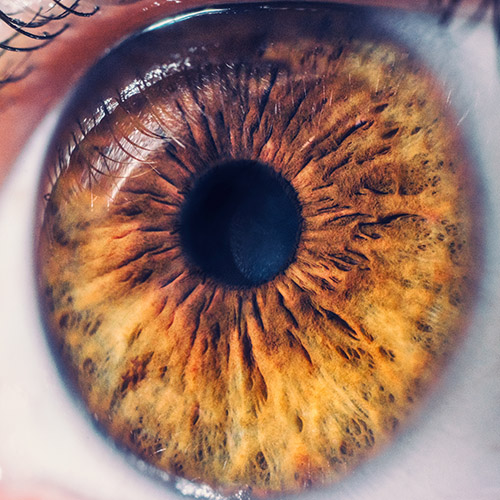
Vision
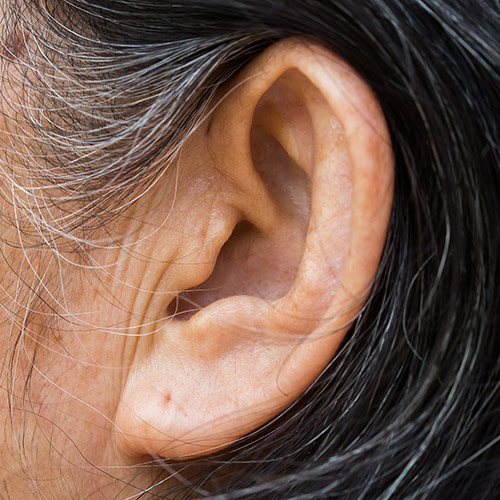
Audition (hearing)

Taste
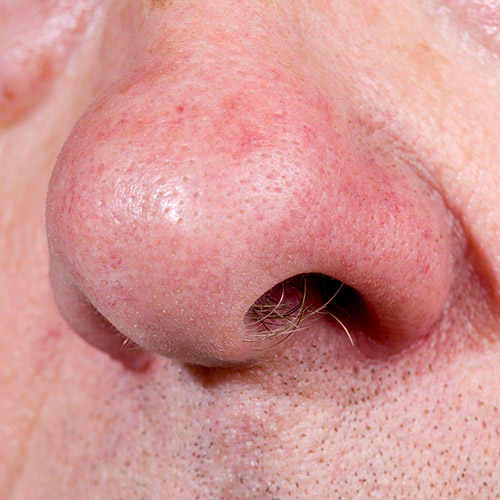
Olfaction (smell)
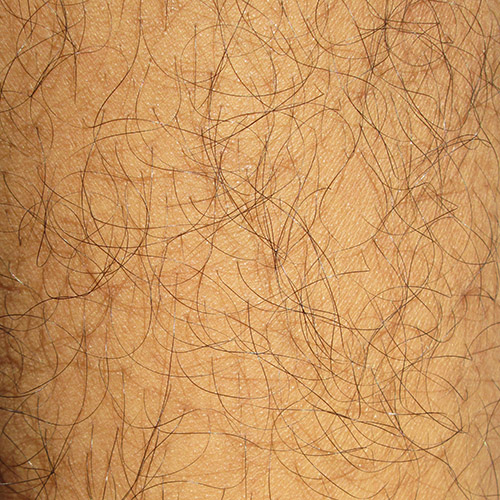
Touch

But wait...
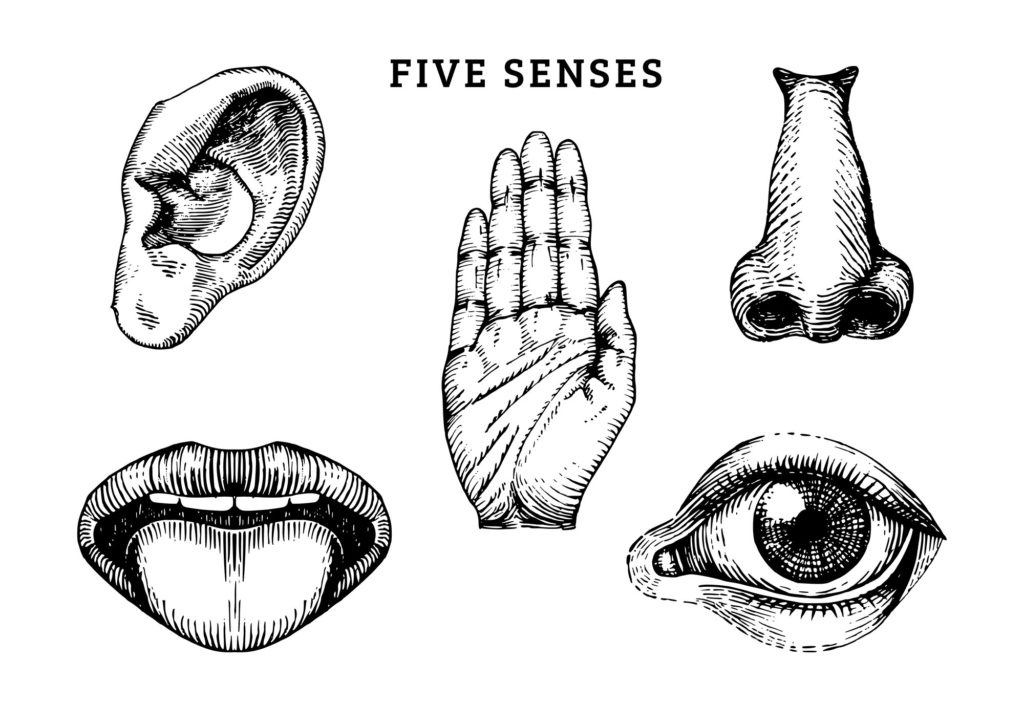
The “traditional” five senses are generated by organs largely dedicated to sensory reception (eyes, ears, nose, tongue, skin).
But there are other senses created by smaller parts of an organ, and/or by multiple organs.
Additional Senses
These senses do not have dedicated organs (like the eyes or ears), and their mechanisms are not typically well understood.

Balance
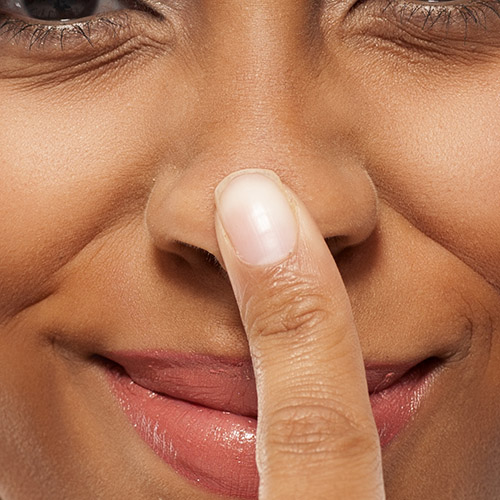
Proprioreception

Pain
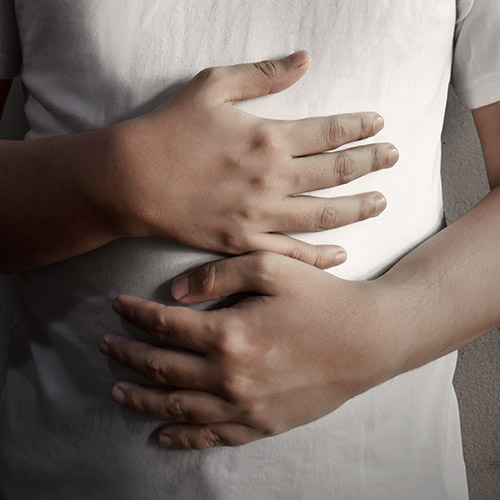
Hunger

Chronoreception (passage of time)

Assorted Internal Senses
In this section we are focusing in on one of the most studied senses: vision.
The next section compares and contrasts hearing, taste, and smell.
Here we have a model walk-though of eye anatomy.
A different view of basic eye structures and functions.
Vision is a series of steps involving the eye and brain.
Changes to eye structures can result in visual impairment.
We’ll cover additional visual disorders in the context of aging in Guide 7b.
Retina
The retina is the “business end” of the eye because it contains the rods and cones. This model shows other supporting tissue layers in the retina.
An amazing slide clearly shows the layers of tissues that make up the retina.
Color vision can vary due to differences in the _____ receptor cells within the retina.
Perception is a combination of stimulus from the receptor cells and interpretation by neurons in the brain. In the case of vision, the receptor cells are _____ and _____. The part of the cerebral cortex that primarily processes visual information is the ____ lobe.
The next section provides additional examples of perception while comparing other senses.

Check your knowledge. Can you:
-
list the five “traditional” senses and provide examples of additional senses?
- identify eye structures and describe their basic functions?
- describe perception, including the sensory receptors and role of the brain?






